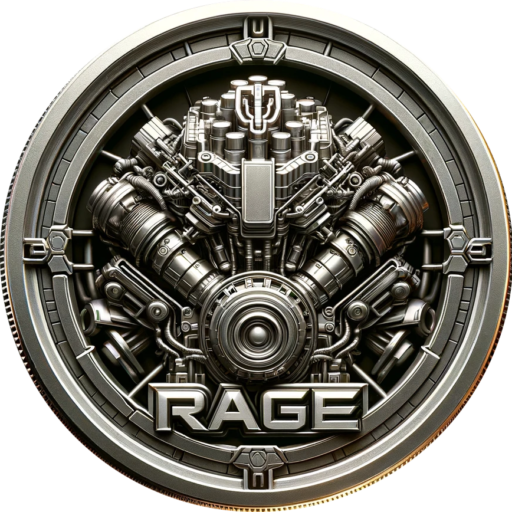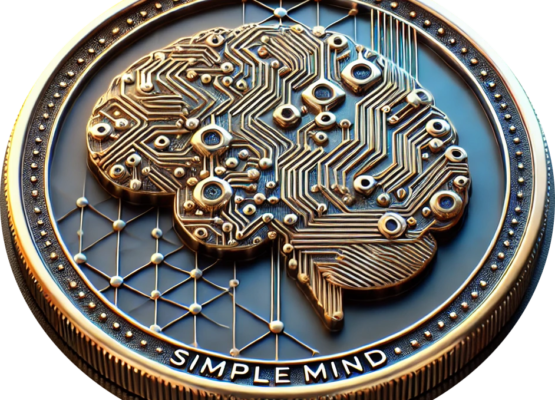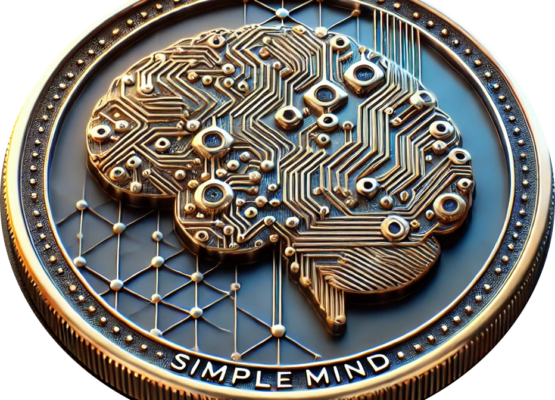funAGI
Objective: Develop a comprehensive Autonomous General Intelligence (AGI) system named FundamentalAGI (funAGI). This system integrates various advanced AI components to achieve autonomous general intelligence, leveraging multiple frameworks, real-time data processing, advanced reasoning, and a sophisticated memory system. Design will be modular for dynamic adaptation using modern object oriented programming technique primary in the Python language.
Components of funAGI: the big picture
- Mastermind Controller of Agency (MCA)
- Central control unit managing various AGI functions.
- Ensures coordination and execution of tasks across different modules.
- OpenMind Multi-Model Integration (OMMI)
- Integrates various AI models for multi-modal processing.
- Facilitates seamless communication between models for enhanced understanding and decision-making.
- WebMind Information Parser (WIP)
- Parses and integrates information from the web and network resources.
- Ensures real-time updates and knowledge acquisition from external sources.
- AutoMind Reasoning Environment (ARE)
- Comprised of
logic.py,reasoning.py,SocraticReasoning.py, andbdi.py. - Provides advanced reasoning capabilities, including logical reasoning, Socratic questioning, and belief-desire-intention (BDI) modeling.
- Comprised of
- SimpleMind Neural Network (SMNN)
- Utilizes JAX for creating and training neural network models.
- Focuses on efficient learning and adaptability.
- AutoMindX Executable Folder (AMX)
- Dynamic build environment located in the mindx rwx folder.
- Allows for on-the-fly creation and execution of AI models and scripts.
- AGLM (Autonomous General Learning Model)
- Built from
memory.pyparser and memory folder. - Central to the system’s learning capabilities, enabling autonomous general learning and continuous improvement.
- Built from
- Memory System
- Short-Term Memory (STM)
- RAM-based memory for immediate data processing and tasks.
- storage of each input response as timestamp.json
- ./memory/stm
- Long-Term Memory (LTM)
- Database and ROM for storing and retrieving long-term knowledge.
- ./memory/ltm
- ./memory/context
- ./memory/truth
- ./memory/agents
- ./memory/prompts
- RAGE (Retrieval Augmented Generative Engine)
- Uses AGLM to enhance learning by creating memory contexts from the context folder.
- Short-Term Memory (STM)
Detailed Architecture and Implementation Plan
1. Cognitive Architecture
- Central Processing:
- Implement the Mastermind Controller of Agency (MCA) to oversee and manage the entire system.
- Ensure efficient task execution and coordination among different components.
2. Multi-Modal and Multi-Model Integration
- OpenMind Multi-Model Integration (OMMI):
- Develop a framework to integrate models for various tasks such as image recognition, speech processing, and natural language understanding.
- Ensure seamless data flow and communication between these models to leverage their strengths.
3. Information Parsing and Real-Time Data Integration
- WebMind Information Parser (WIP):
- Develop robust parsing algorithms to gather information from the web and other network resources.
- Ensure real-time data updates and integration into the system’s knowledge base.
4. Advanced Reasoning Environment
- AutoMind Reasoning Environment (ARE):
- Implement
logic.py,reasoning.py,SocraticReasoning.py, andbdi.pyto provide comprehensive reasoning capabilities. - Enable logical reasoning, advanced questioning, and belief-desire-intention modeling for complex problem-solving.
- Implement
5. Neural Network Learning
- SimpleMind Neural Network (SMNN):
- Utilize JAX to create efficient and adaptable neural network models.
- Focus on deep learning, reinforcement learning, and meta-learning for skill acquisition and adaptation.
6. Dynamic Build Environment
- AutoMindX Executable Folder (AMX):
- Set up a dynamic build environment for on-the-fly model creation and execution.
- Ensure flexibility and adaptability in developing and deploying new AI models.
7. Autonomous General Learning Model
- AGLM and Memory System:
- Develop the AGLM using
memory.pyand the memory folder for autonomous learning capabilities. - Implement a dual memory system (STM and LTM) for efficient data processing and knowledge retention.
- Integrate RAGE to enhance learning by creating contextual memories for improved performance.
- Develop the AGLM using
Continuous Learning and Improvement
- Online and Self-Supervised Learning:
- Implement algorithms for continuous learning from new data without the need for complete retraining.
- Utilize self-supervised learning techniques to generate training data and enhance decision-making.
- Feedback Loops:
- Establish continuous feedback loops for performance evaluation and strategy adjustment.
- Incorporate human oversight and expert feedback to align with human values and ethical considerations.
Ethical Considerations
- Safety and Robustness:
- Ensure the system adheres to strict safety protocols, including fail-safes and error detection mechanisms.
- Transparency and Accountability:
- Design the system to be transparent in its decision-making processes.
- Alignment with Human Values:
- Implement ethical reasoning frameworks to ensure actions align with human values and ethical standards.
Implementation Phases
- Research and Development:
- Conduct thorough research to identify the latest advancements in relevant fields.
- Develop prototypes and conduct iterative testing to refine capabilities.
- Collaboration and Integration:
- Collaborate with domain experts to integrate technologies and frameworks.
- Ensure the system remains at the forefront of innovation.
- Deployment and Monitoring:
- Deploy the system in controlled environments initially.
- Gradually expand operational scope with continuous improvement and monitoring.
Conclusion
Creating funAGI requires integrating advanced AI techniques, robust memory systems, and ethical frameworks. By leveraging multi-modal integration, continuous learning, and adaptive reasoning, funAGI aims to achieve autonomous general intelligence capable of independent operation, continuous self-improvement, and adaptive interaction across diverse environments.
This blueprint outlines the fundamental components and implementation strategies necessary to develop the funAGI system, aiming to achieve a sophisticated level of autonomous general intelligence. More information and the first “working” SocraticReasoning environment is available at




